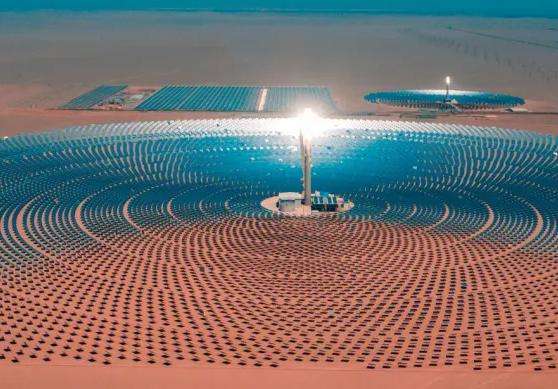The four main risks associated with wind power generation are: noise risk, landscape damage, interference with wildlife and impact on local climate.
1. Noise Risk: In fact, wind turbines will indeed cause many unavoidable risks during their operation. However, for the use and development of any type of energy, there can be many. will cause damage to nature.
2. Landscape Damage: Because wind turbines are typically large and must be built in open areas, they often destroy beautiful mountains, beaches, and farmland. This will not only affect the living environment of local residents, but will also have a negative impact on the tourism industry. Many attractions have become difficult to enjoy due to the construction of wind turbines, and this is an issue that deserves attention.
3. Interference with wild animals: Low-frequency noise and electromagnetic radiation from generators can disrupt the living and migration patterns of sensitive animals. Some studies suggest that the operation of wind turbines can cause nearby wildlife to decline or migrate elsewhere in search of safe habitat.
4. Impact on local climate: Wind energy uses wind energy present in the atmosphere. According to the law of conservation of energy, the consumption and production of one type of energy must produce or consume another type of energy. Therefore, the energy production process of wind turbines must consume part of the wind energy present in the atmosphere. As an important factor in climate change, changes in wind energy will inevitably lead to climate change.
The operating principle of wind energy productionienne
Convert wind kinetic energy into mechanical kinetic energy, then convert mechanical energy into electrical kinetic energy This is wind power generation. The principle of wind power generation is to use wind energy to rotate the blades of the wind turbine, then use a speed multiplier to increase the rotation speed to induce the generator to produce electricity. Depending on wind turbine technology, electricity production can begin at a breeze speed (the degree of breeze) of around three meters per second.
The devices needed to produce wind energy are called wind turbines. This type of wind turbine can be roughly divided into three parts: the wind wheel (including the tail rudder), the generator, and the tower. Large-scale wind power plants generally do not have a tail rudder, and usually only small wind power plantsennes (including domestic types) have them.
The wind wheel is an important element that converts the kinetic energy of the wind into mechanical energy. It is made up of several blades. When the wind blows toward the blades, an aerodynamic force is generated on the blades to rotate the wind wheel. The blade material requires high strength and light weight and is often made of fiberglass or other composite materials (such as carbon fiber).














